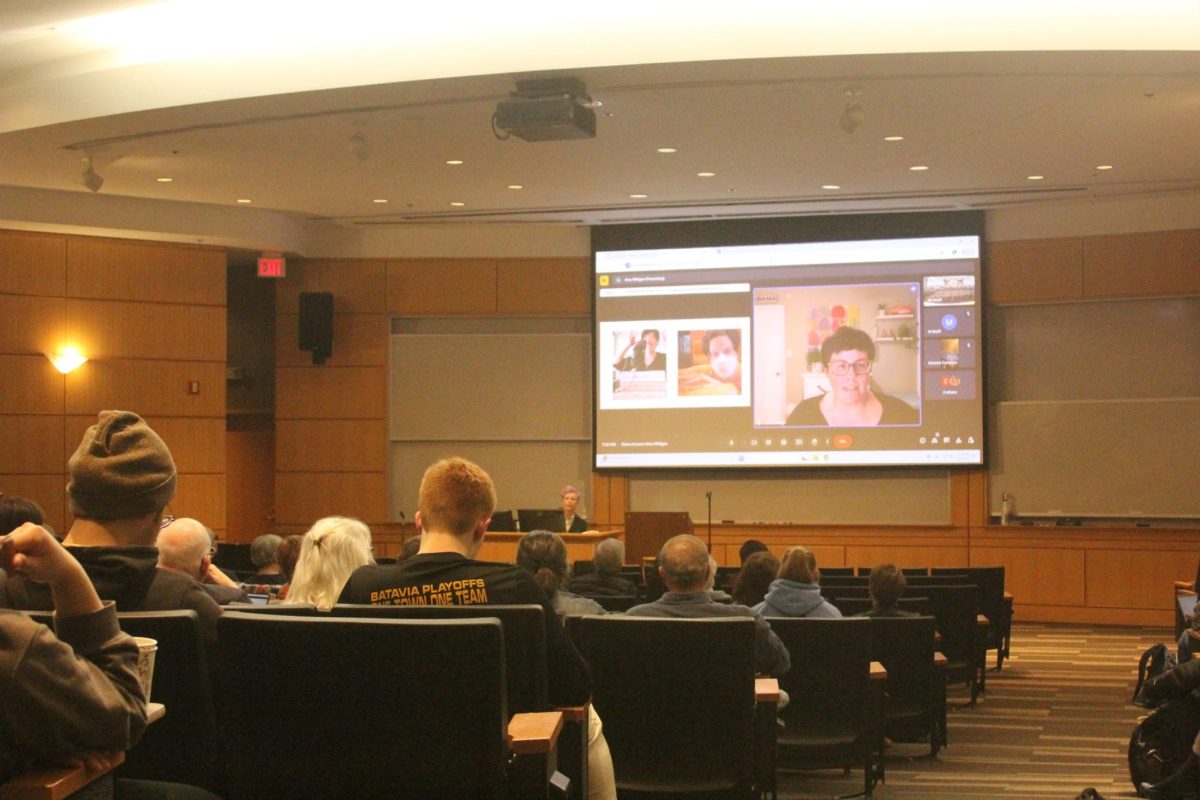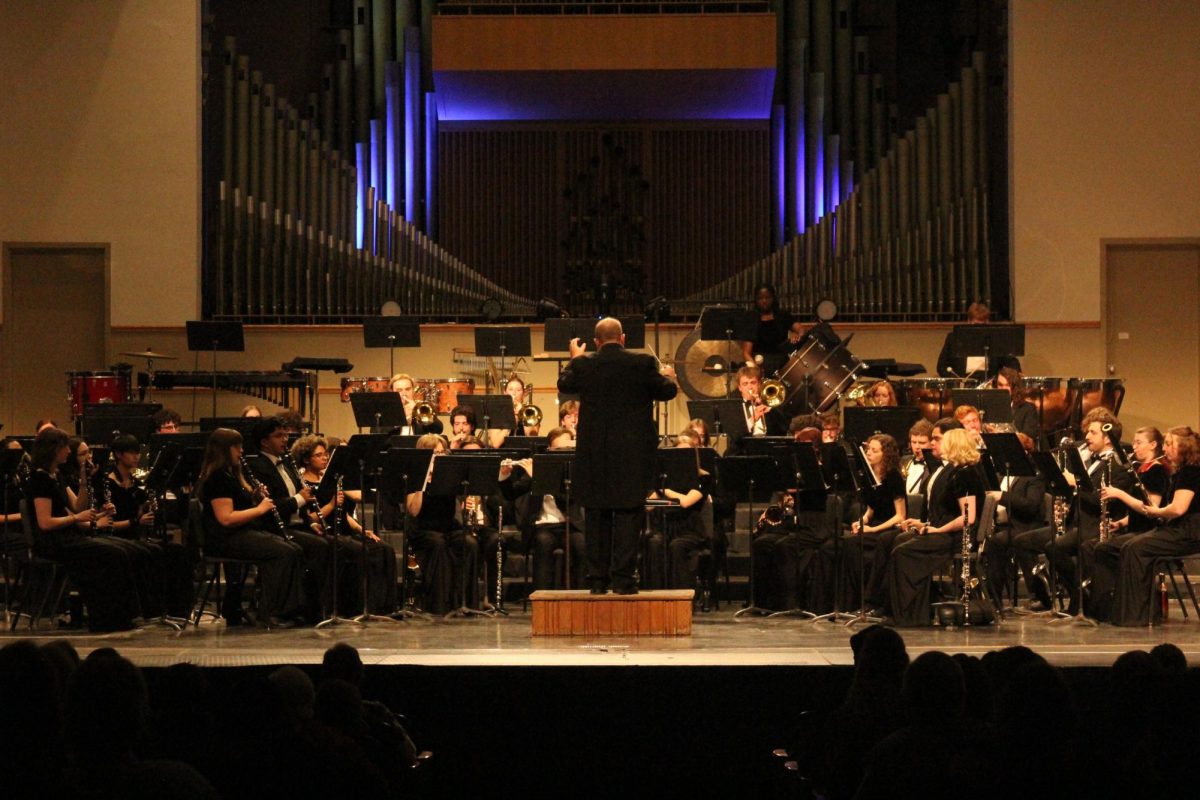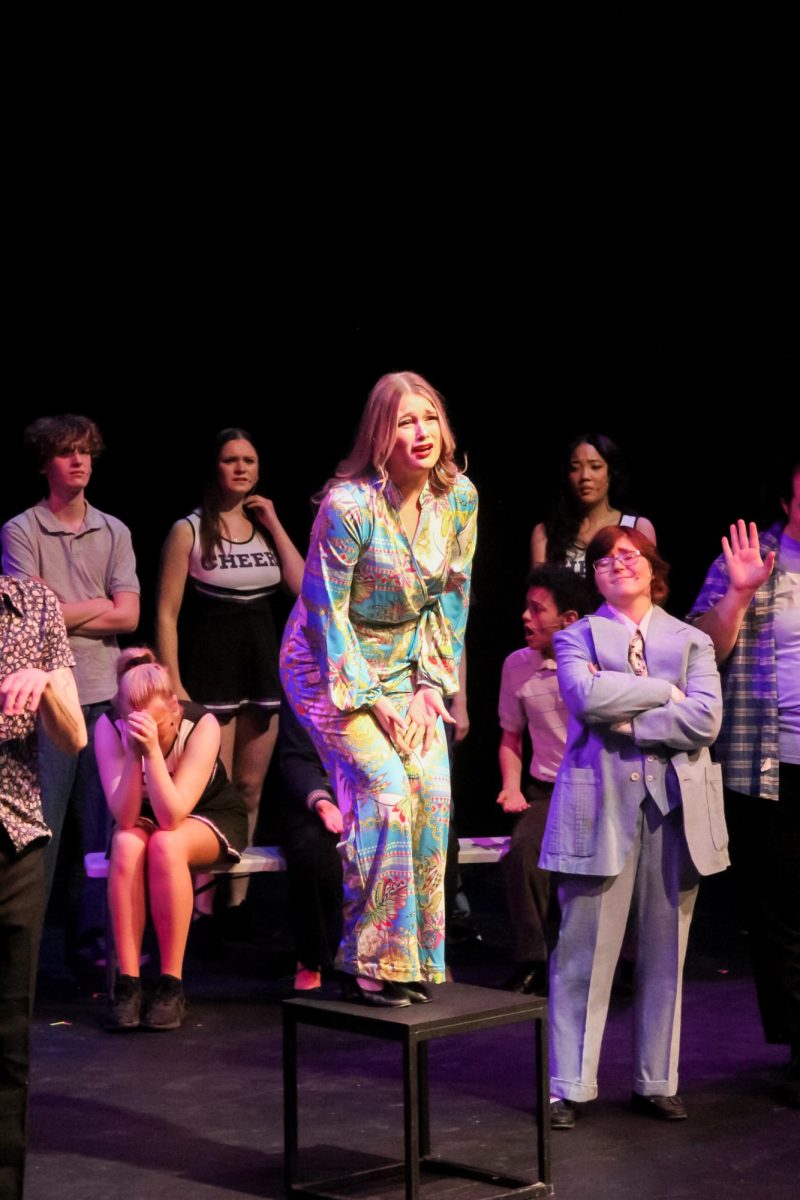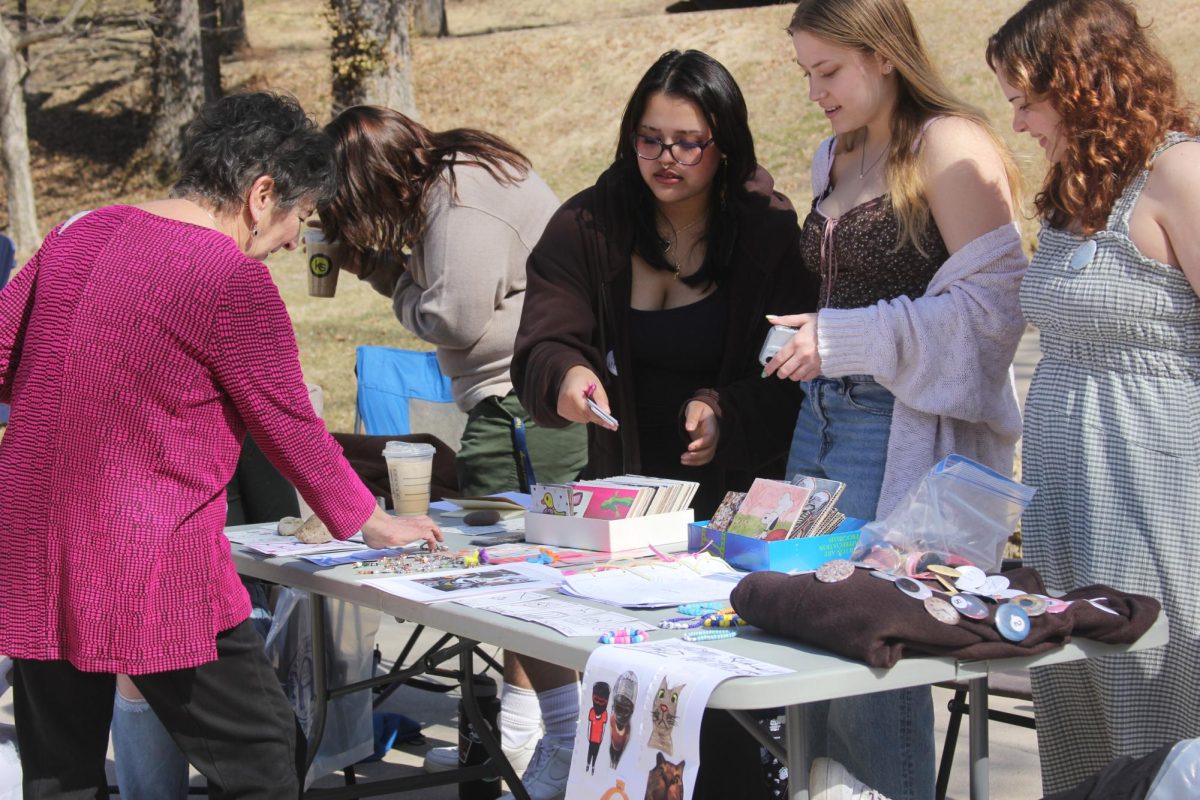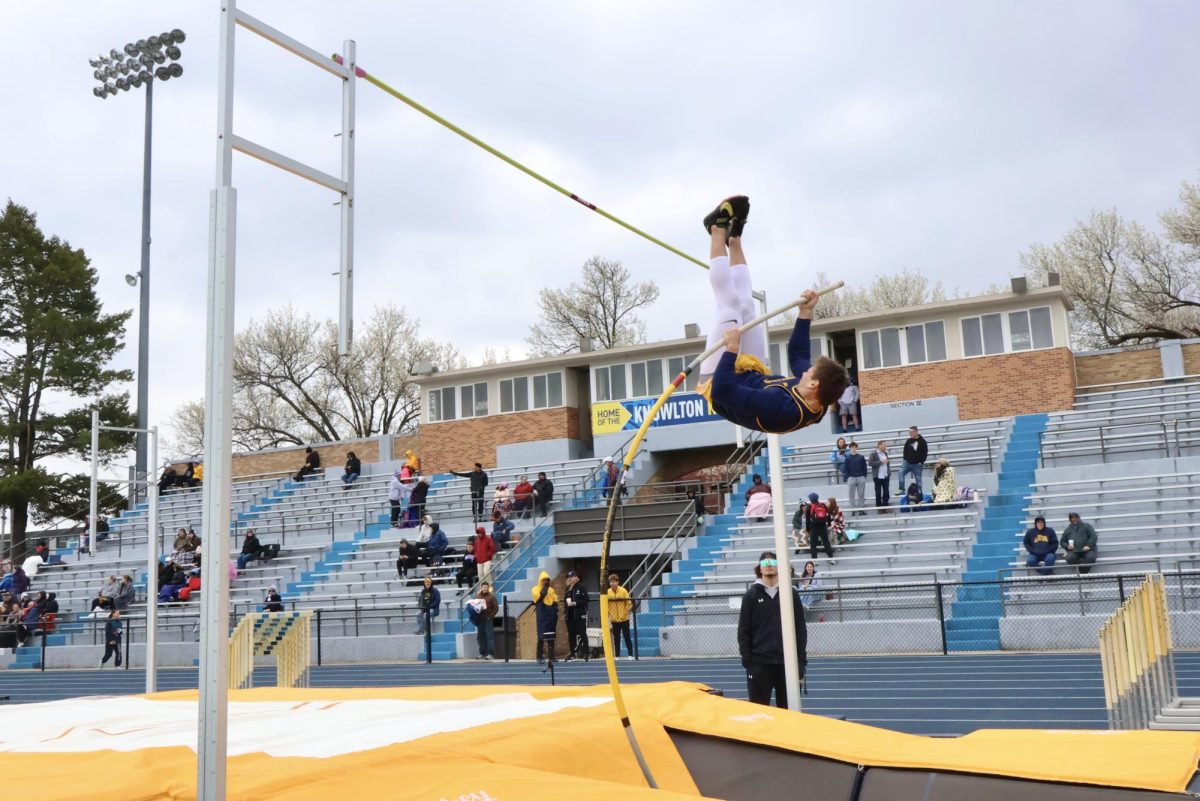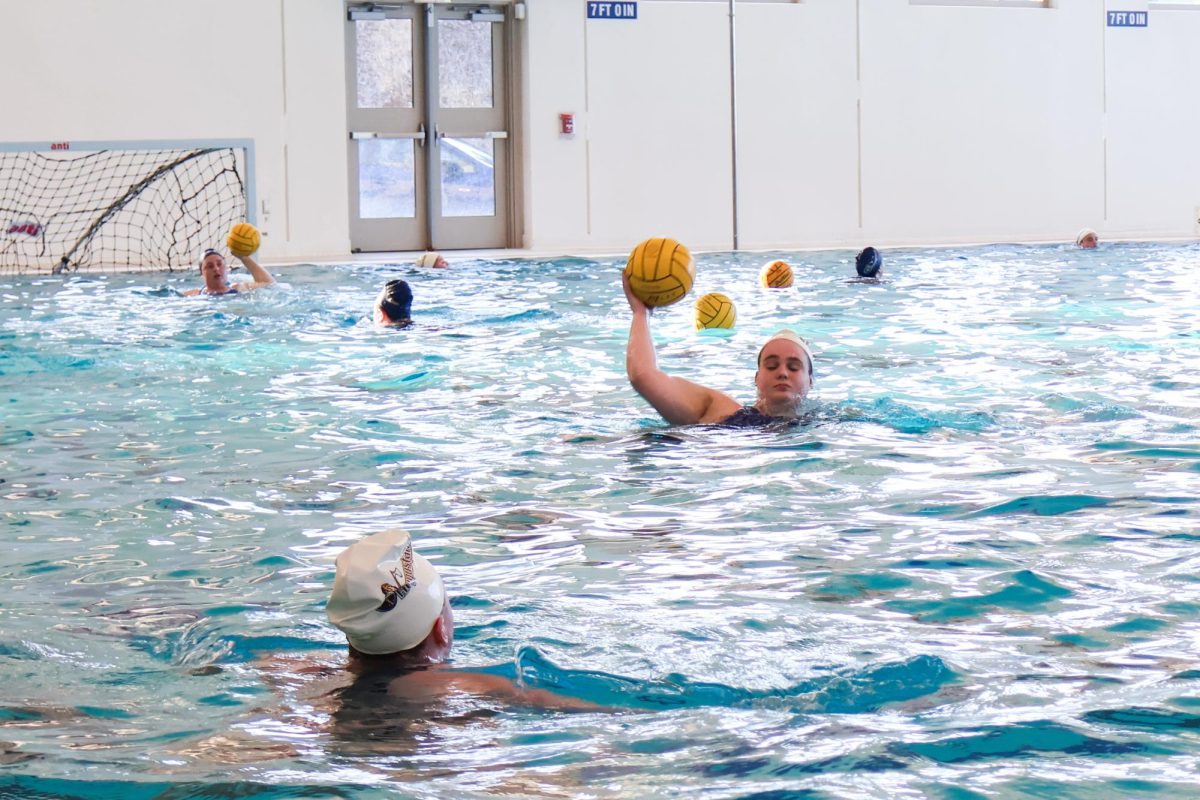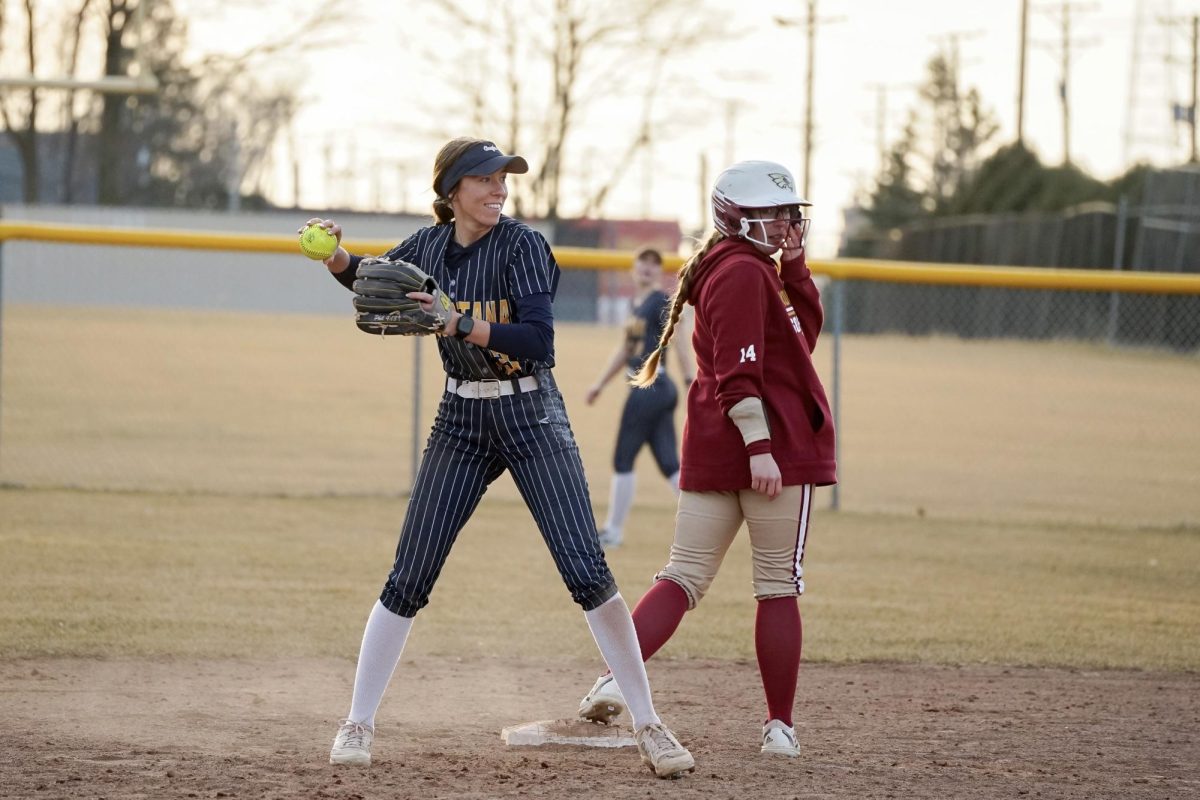It takes one slight twist of a leg to change an athlete’s life forever. While injuries of the body can be healed, an injury can cause long lasting mental side effects for the athlete.
Every injury story is unique. Some athletes are able to bounce back and fully compete after months of physical therapy. For others, the time off their sport decreases the desire to play competitively again.
When Augustana basketball player Pierson Wofford heard the pop of a knee ligament, he knew it was serious. He had torn his ACL, and because it had happened at the start of his junior season in an exhibition game against the University of Illinois, he became overtaken by a specific fear.
“I looked at it like, ‘Is my career over?’ because you see a lot of people falter after ACL injuries,” Wofford said. “All that gloom and doom crowded my mind.”
The road to recovery began immediately. Wofford started with pre-surgery training to get some movement back in his leg. He had surgery a month later – and that’s when he struggled the most mentally.
He didn’t feel like the same person because most of his life revolved around basketball. He wondered if he would ever be the same player again.
“[Basketball] becomes part of my identity. When something like this happens, you feel like you’re kind of lost,” Wofford said.“Everybody doesn’t recognize you as the basketball player. Everyone recognizes you more as the kid on crutches. That stripping of identity really sucked.”
With the support of his friends and family, he was able to successfully have surgery and go through rehab. Looking back at the recovery process, Wofford sees the beneficial impact it had on his character.
“It’s affected me in the most positive way possible,” Wofford said. “Not only cherishing sports, but cherishing every moment and being able to cherish good health. I can’t tell you enough of how appreciative I am that I can just walk. How great it feels to walk up and down the stairs without hurting.”
Wofford was able to play the following season after his injury. As a starter, he led the Vikings to a 26-4 record after losing in the postseason at the team’s fifth straight NCAA Sweet 16 appearance. Because of his injury, he received a medical redshirt and will play an extra year at Augustana.
Some recovery processes aren’t as quick. For Augustana junior hurdler Sofia Wajner, having three injuries caused a lengthier road to recovery.
In a 2018 home track meet, Wajner was leading the 100 hurdles race until she saw an opponent inching closer to her. She turned her head for a split second, stepped down on the hurdle, felt her knee buckle but kept running.
When she got to the finish line, she held her knee and screamed. She later found out she had a torn ACL, a torn meniscus and a cartilage fracture.
“I just remember while I was laying there screaming with my knee in my hands, I was just like, ‘I just want to run!’ I was so worried about running my other races and finishing,” Wajner said.
There were still track meets left that season, and Wajner attended each one with her knee brace and crutches to cheer on her teammates from the sidelines.
Wajner couldn’t run from April 2018 until February 2019. For someone who runs every day, the injury changed Wajner’s lifestyle.
Physical therapy helped Wajner get to a good position where she could start running with her coach David Thompson again. She officially returned to track on Saturday, March 23 at the team’s first outdoor meet of the 2019 season.
Ahead of the meet, Wajner was nervous about how she would perform. Similarly to Wofford’s worries, Wajner didn’t know if she’d be the same athlete.
“The mental aspect was hard to get through. Even still now,” Wajner said. “I’m about to compete and I’m nervous about how I’m going to perform, especially after working so hard. I just know that with all the hard work, it will be [what I want it to be] – maybe not right away, but it will be.”
Wajner now sees how she grew from her injury as an athlete and a person. Like Wofford, Wajner received a medical redshirt to compete an extra year at Augustana. Because of the outcome, Wajner accepts her injury as more of a positive than negative experience.
“Yeah, injuries are bad. In this case, I’m back where I am, get an extra year to run and I feel like I’ve grown as a person, so whatever,” Wajner said. “Maybe I can shake hands with the injury.”
Sometimes a single moment in a game doesn’t cause the athlete’s injury. For football player Austin Stoner, a culmination of events caused his torn meniscus. His knee ached for years playing football, but walking around Germany during his study abroad only increased the pain.
Stoner started out doing basic stretches to get mobility back in his leg. While wearing a knee brace for over a month, he wasn’t allowed to do many physically straining activities.
When he discovered he was officially injured, his first concern was about football. He knew the injury would affect his ability to play on the team.
“It was hard,” Stoner said. “I felt like a piece of me was cut out.”
Stoner experienced a similar stripping of identity as Wofford and Wajner did. However, this mindset made Stoner choose to move on from football.
During his recovery time, he realized he had more passion for music than football. He decided then to declare a music minor.
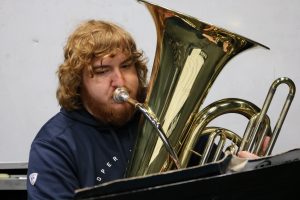
Giving up his beloved sport was not an easy process for Stoner. He still misses having a team and a more structured schedule. However, as he reaches graduation, he ultimately thinks it was the best decision for his health and overall life.
“Sports are good and all, but every now and then, there becomes a point where you have to move on and you have to accept it,” Stoner said.
Unlike these three athletes, junior basketball player Lucas Simon is just beginning his recovery process.
In the last game of the basketball team’s 2018-19 season, Simon was pushed to the ground and immediately knew something was off. He was then taken off the court for a suspected sprained ACL.
Five to six days later, Simon found out his ACL was torn, resulting in a much more extensive recovery process. He then began rehab, working on bringing his mobility back before undergoing surgery a few weeks later.
“My goal is to slowly, day after day, get better than I was yesterday because even after the day I tore my ACL, I couldn’t bend it at all. Now, I can bend it almost as far as I can my other knee,” Simon said.
Simon will endure a seven to nine month process for recovery. That time period can be daunting, so he is motivating himself by setting goals for next year’s basketball season. He wants to get back on the court for the Augustana fans.
To help with the tough mental effects that an injury can put on someone, Simon has received support from his family, friends and the whole Augustana community.
“A lot of the teammates, coaches and pretty much everyone around the school has said they’re with me and have let me know that I’m not alone and if I need any help, I can reach out to anyone,” Simon said. “It’s been really big helping me get through this. Especially with this, I would say 50 percent of it’s physical pain and the other 50 is mental. Having a good support system really helps.”
Like the other athletes, Simon found some positives in this journey, one being that he has more time to focus on schoolwork and his health. He plans to return to basketball next season.
Even though these four athletes were injured in different ways, their journeys draw connections. The rehab process can be physically and mentally demanding, causing someone to think the worst of the situation. However, when the athletes renew their mobility, they can understand how their injury impacted their life in a positive way.
Junior, Lucas Simon attends his first physical therapy session for his torn ACL hoping to be recovered soon so that he can play basketball again. Photo by Mary Gehrmann.
Featured Image:


